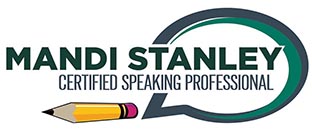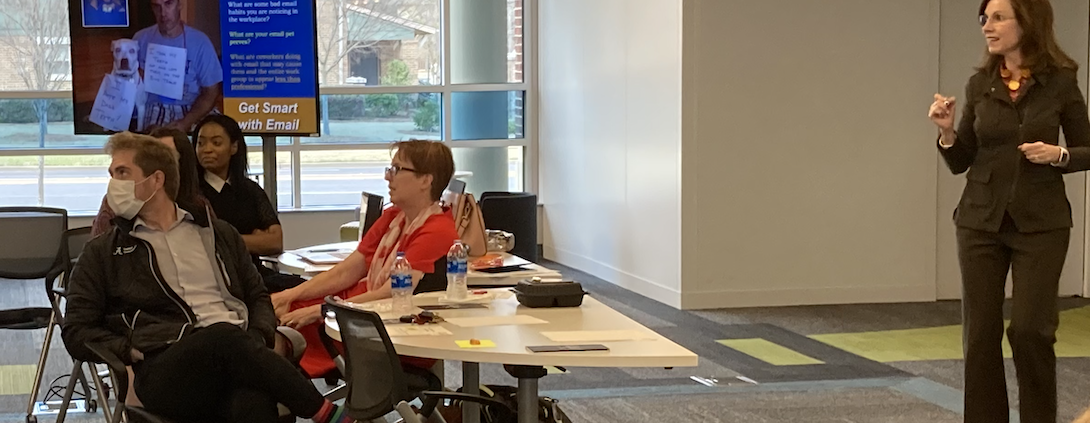Public Service Announcement Regarding Apostrophes – Part 4
We’ve spent the past three weeks pluralizing last names WITHOUT using a single apostrophe. So, that leads to a question I would ask: What if it looks ugly?
For example, my friend’s last name is Collins. She detests the way her pluralized last name looks: Collinses. She refused to order a welcome mat for her front door because she didn’t like how “Welcome from the Collinses” looked on the doormat. However, I wouldn’t let her have a grammatically incorrect doormat. Even if you don’t like how it looks, it’s still grammatically correct to add the “es.” You never use an apostrophe.
The correct answers to our earlier pop quiz questions are:
Merry Christmas from the Humphreys
Happy Thanksgiving from the Lowerys
Happy Holidays from the Blinkinses
Best wishes from the Marquezes
Thank you from the Carsellos
And listen, I get it. My colleague’s last name is Walters. The plural expression of her last name is Walterses. She thinks it looks awkward and clunky. So, if you don’t like how your name looks when making it plural for this year’s holiday greeting cards, then here’s a solution that works for everyone. Cheat. Change the wording. You are welcome to say:
Merry Christmas from the Walters Family
Season’s Greetings from the Collins Family
But, whatever you do, don’t add an apostrophe.
To customize a keynote or professional development session that will have your audience laughing and learning, contact Mandi Stanley.
Certified Speaking Professional Mandi Stanley works with business leaders who want to boost their professional image by becoming better speakers and writers through interactive high-content keynotes, breakout sessions, workshops, technical writing seminars, and fun proofreading classes.
You might also like:
Prefer Performance to Chronology in Your Résumé
It’s Interview Time: What’s the One Detail Most Interviewees Forget?












